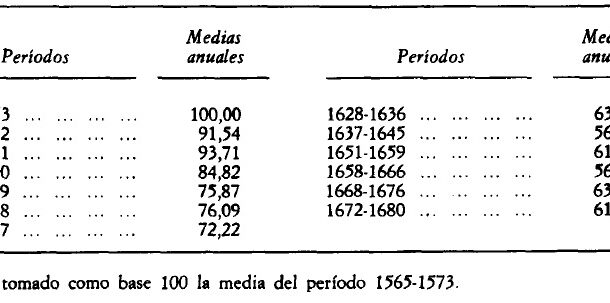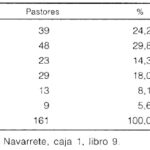
Transhumance was a very important activity in the Spanish countryside in pre-industrial times. Nowadays, knowledge about the work of shepherds is scarce due to a lack of documentation, as the phenomenon of pluriactivity must be taken into account. Had this not existed in the Rioja sierras – mainly through textile activity – the labour relations between stockbreeders and shepherds would have been very different. In socio-economic terms, it is understood that shepherds enjoyed transhumance in three ways: as owners, wage earners and enjoying exemptions granted by the monarchy (free of council offices, quintas and levies). However, it is necessary to clarify which type of shepherds we are referring to, as the hierarchies are not comparable in any field. The majorales encompassed management capacity and initiative, knowledge of the environment, administrators of goods and proxies for the herdsmen. Moreover, the mayoral contracts required a power of attorney that enabled them to make decisions on the spot. However, the transhumant shepherds in La Rioja numbered around 2,150, at a rate of five for every thousand people. Of the total number of inhabitants in the La Demanda and Cameros mountain ranges, they accounted for around 30%. These shepherds had an average grazing period of 5.4 years, with 68.3% of those who worked in transhumance for less than five years, which does not allow them to be identified as shepherds. Even less with the 39 who did it for less than one year of service, people who were dismissed or expelled before the time of the first contract was up. In this sense, the herds suffered a significant labour turnover where the labour market of the transhumant herds was a particularly open environment where labour came and went very easily.
Collection: Statistics
Project: 3. Rural world and urban world in the formation of the European identity., 4. Family, daily life and social inequality in Europe.
Chronology: XVIII
Scope: Secondary Education, Baccalaureate, University
Link: https://www.historiaagraria.com/FILE/articulos/HA22_moreno.pdf
Resource type: Statistics
Format: Table
Source: Moreno Fernández, José Ramón, «Entre el padre y el patrón. La organización del trabajo trashumante en la montaña riojana (S. XVIII)», Historia Agraria, 22 (2000), pp. 131–158.
Language: Spanish
Date: 2000
Owner: Álvaro Romero González (Modernalia)
Copyright: © José Ramón Moreno Fernández © Revista de Historia Agraria
Abstract: Percentage and duration of the life span of Riojan shepherds in the 18th century
Image
Tags






